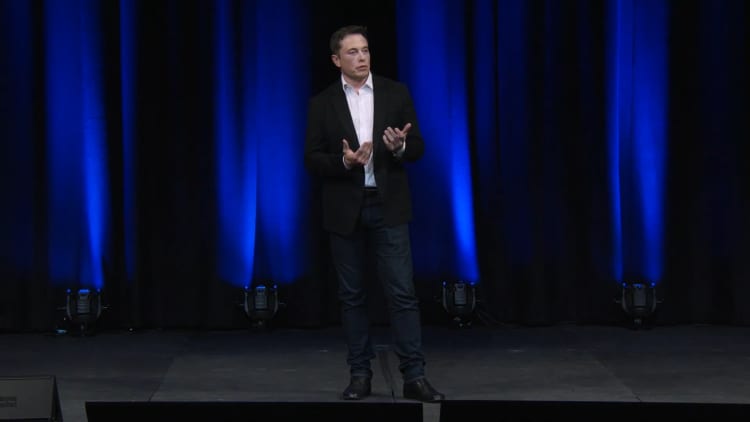NASA scientists are working overtime to develop data products that help first responders in Puerto Rico after Hurricane Maria left the U.S. territory ravaged on Wednesday, Sept. 20.
When the storm barreled over the island, it took out much of Puerto Rico's electrical grid. Now, for the first time ever, NASA is using its Black Marble HD satellite technology to create composite images showing power outages, like the one embedded above. Black Marble HD allows NASA to see lights on Earth at night.
Scientists are working "long days" to get the satellite images to groups including the National Guard and the Federal Emergency Management Agency (FEMA) so they can deploy resources exactly where they are needed, according to NASA.
"It is critical that we get this processing done quickly, so that we can provide the cleanest and most useful imagery," says Miguel Román, the scientist in charge of the effort from NASA's Goddard Space Flight Center, in a statement.
Image courtesy NASA's Earth Observatory
The raw satellite imagery has been "processed and corrected" by NASA scientists to remove non-electrical light (like from the moon or fires) and "atmospheric interference" (like dust and clouds), the statement says.
The Black Marble maps are still considered "experimental," according to NASA. "Moving forward, we will continue to test this new technology," says Román in an email with CNBC Make It.
Other NASA satellite technology has also provided "some of the first" color images of Puerto Rico after the storm. The images below, the first taken on September 26, 2017, and the second, taken exactly one year earlier for comparison, helped FEMA assess damage.
Images courtesy NASA's Earth Observatory
Composite NASA satellite imagery also tracked rainfall during the three days preceding and up to when Hurricane Maria hit. The brighter the color on the map, the more rainfall. The image below is the result of a the Global Precipitation Measurement effort — a partnership among NASA, the Japan Aerospace Exploration Agency and five national and international partners, according to NASA.
Images courtesy NASA's Earth Observatory

See also:
NASA satellites are tracking Katia, Irma and Jose and the images are staggering
9 years ago SpaceX nearly failed itself out of existence: 'It is a pretty emotional day,' says Elon Musk
Elon Musk reveals plan to transport passengers anywhere on Earth in under 60 minutes, for the price of a plane ticket
Like this story? Like CNBC Make It on Facebook


